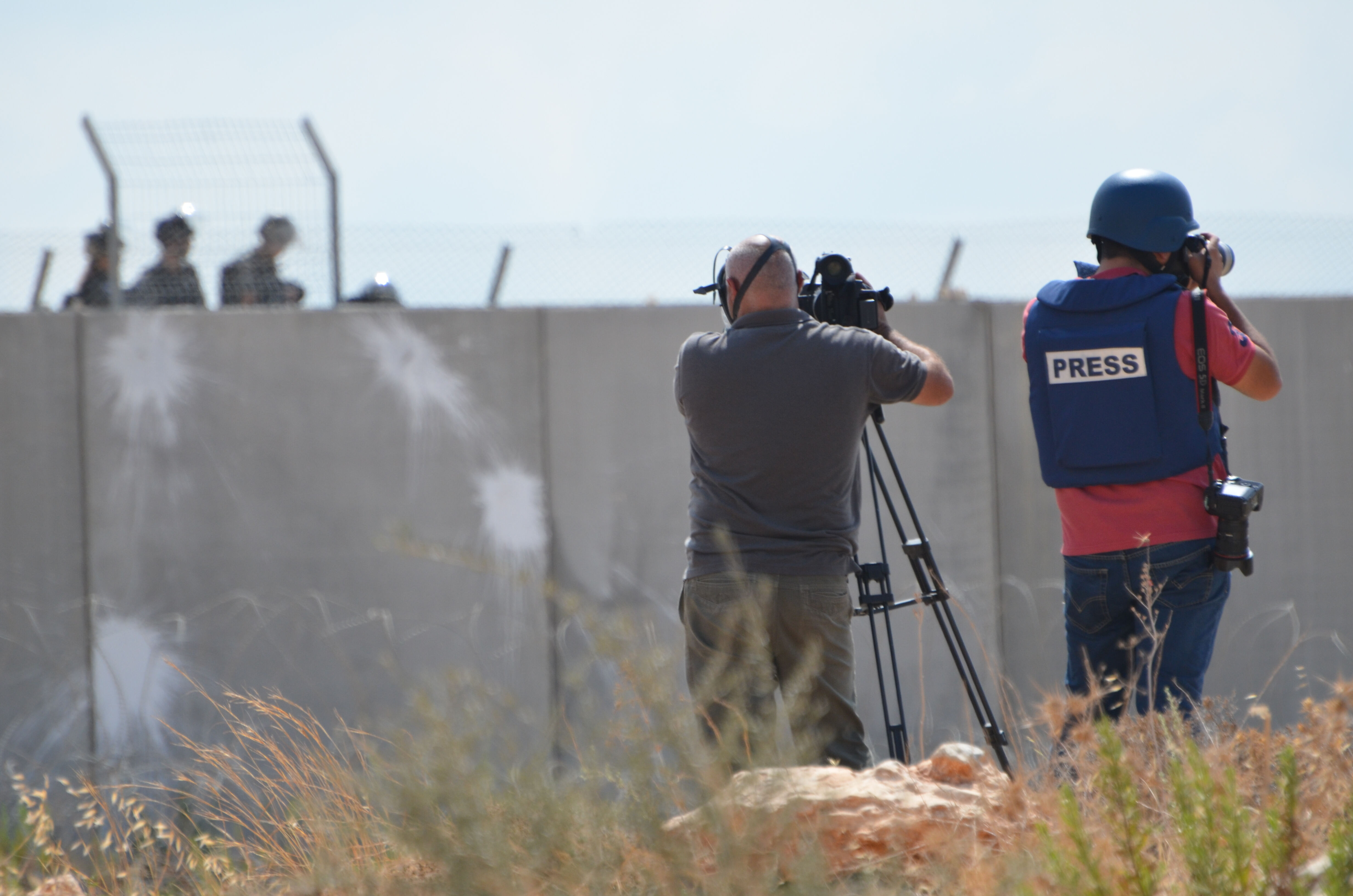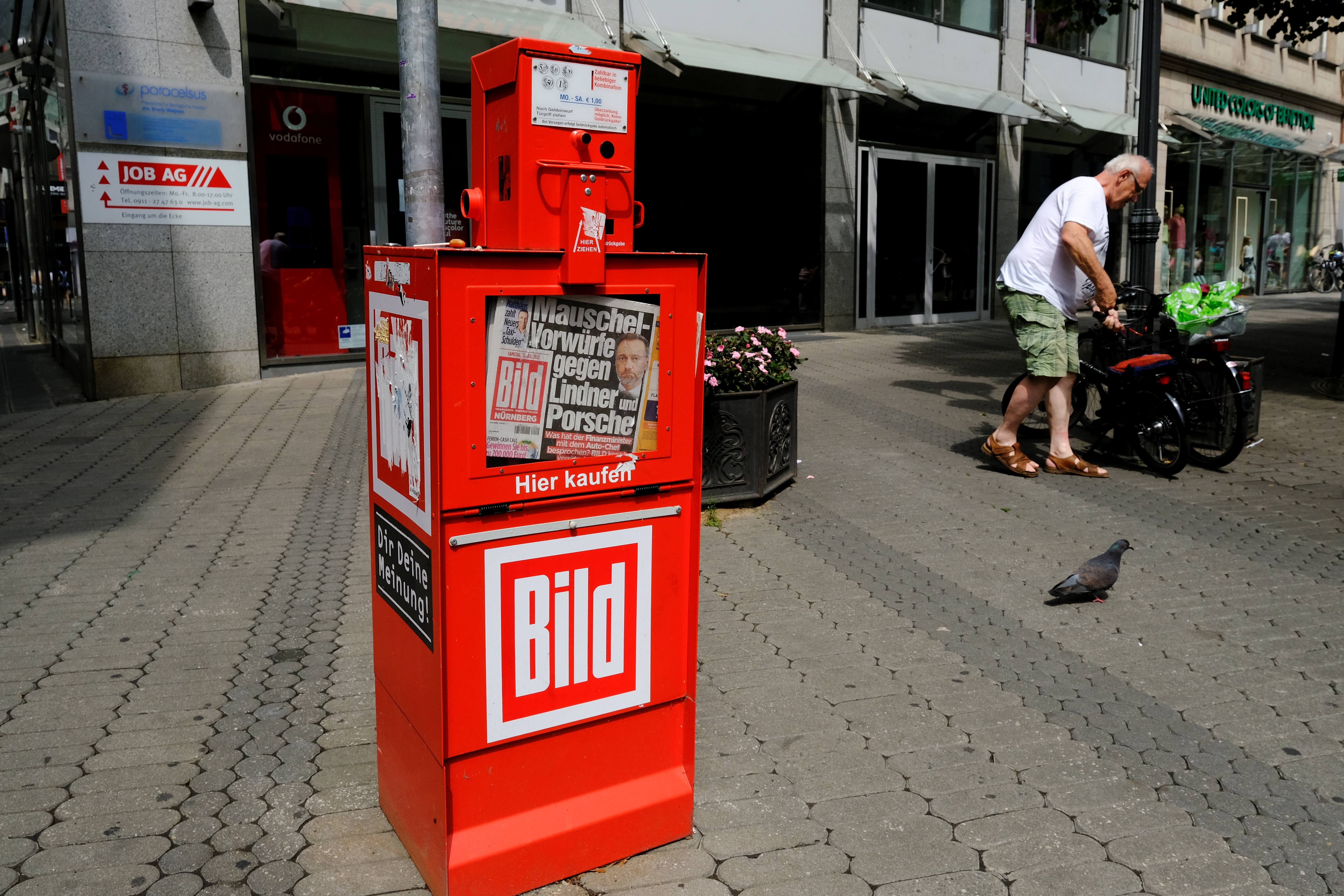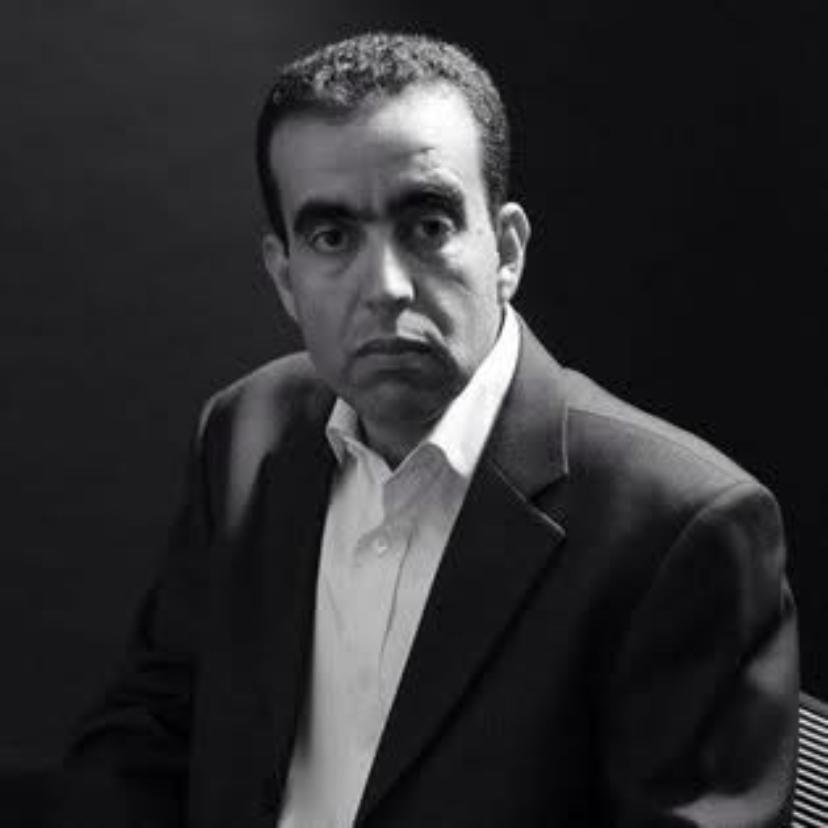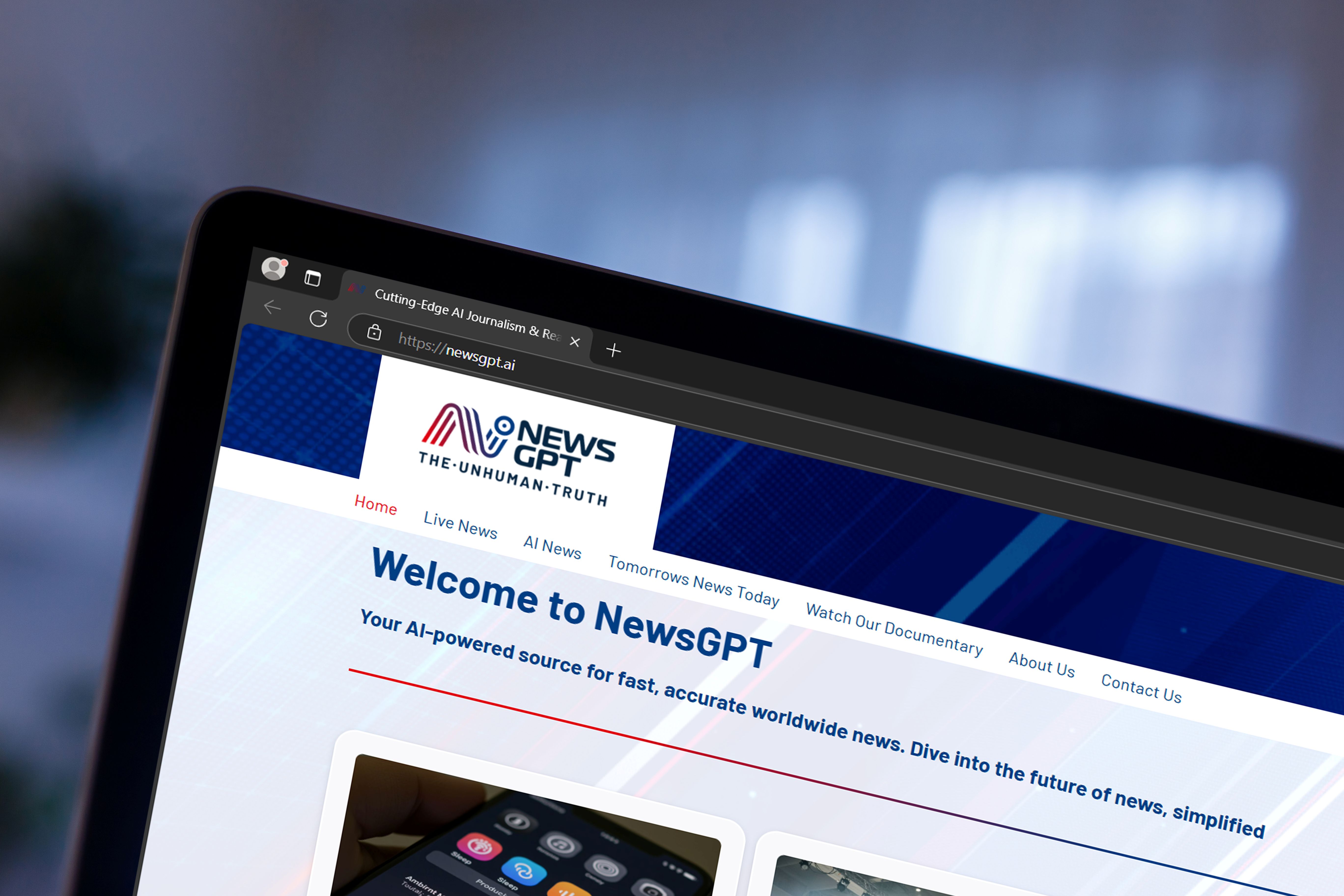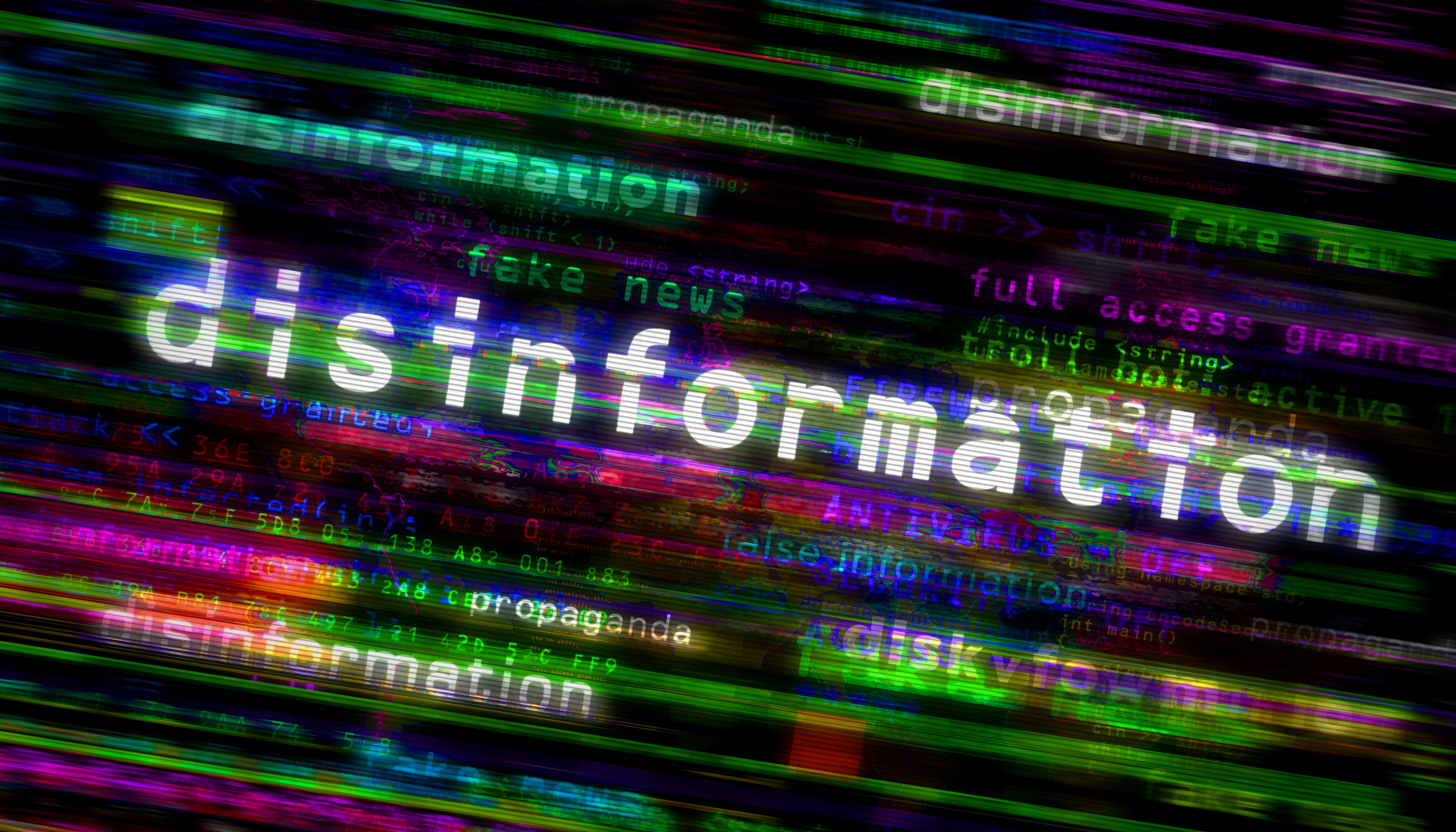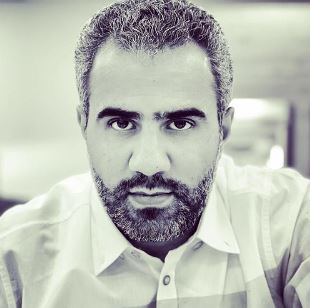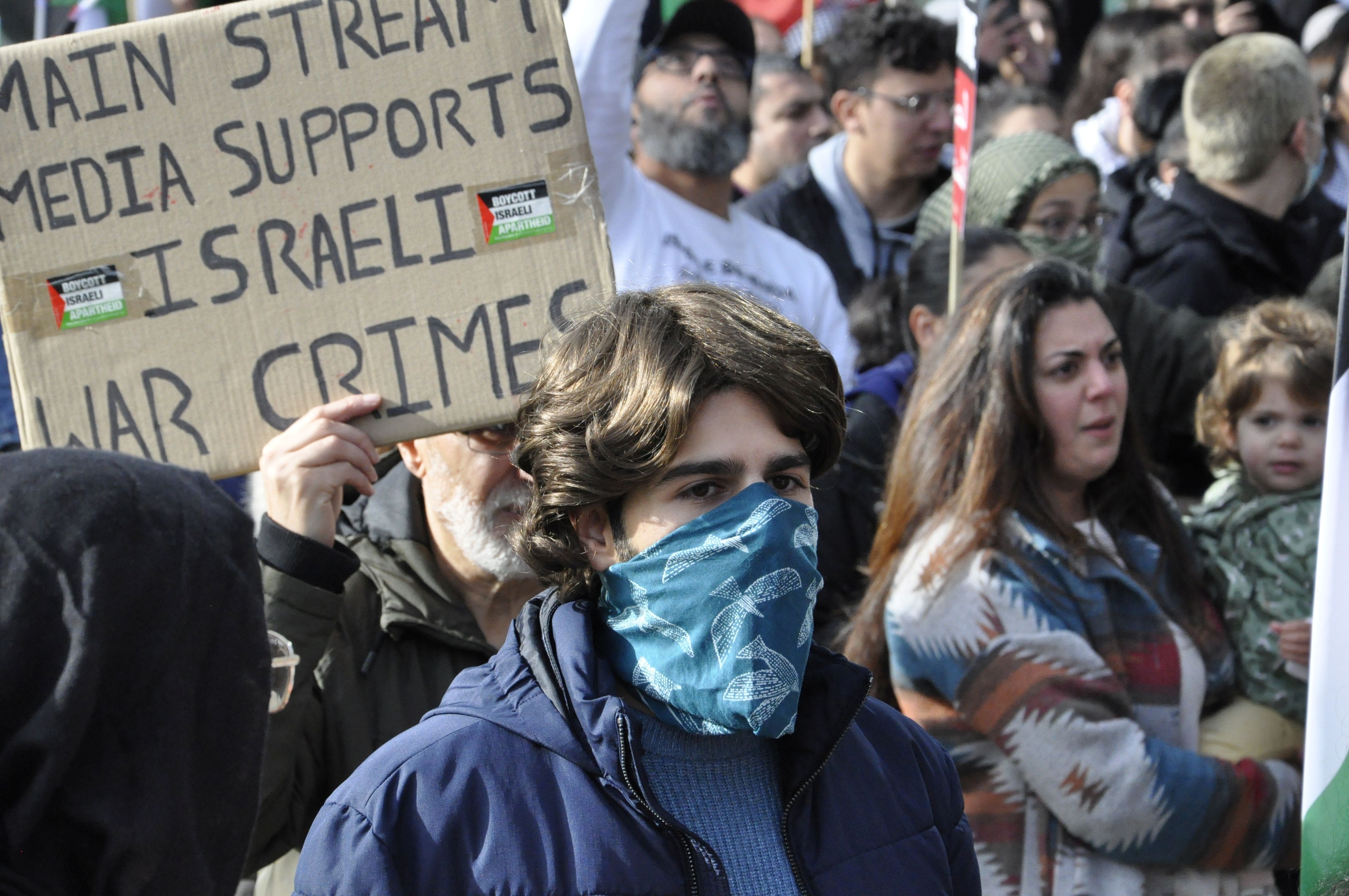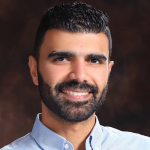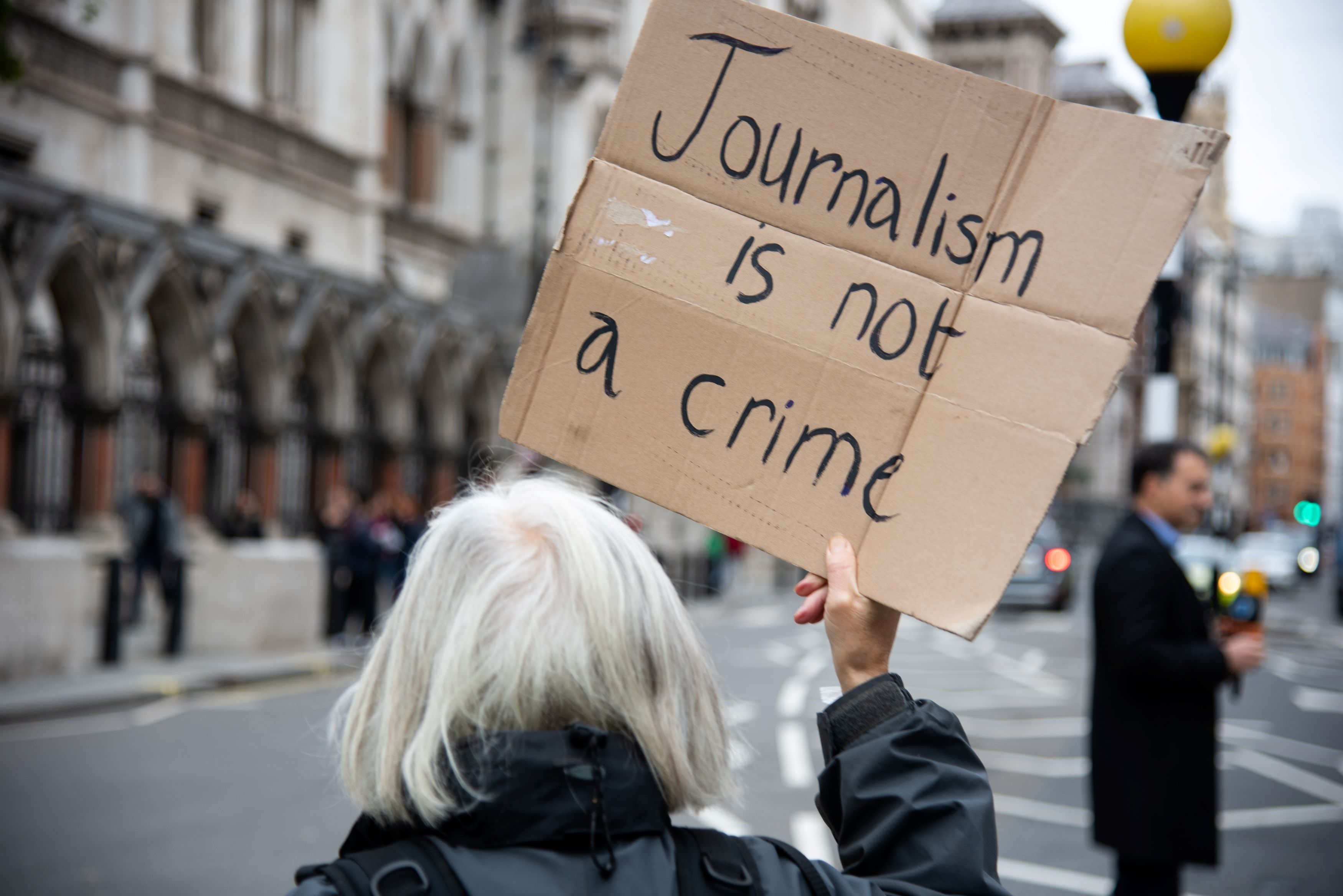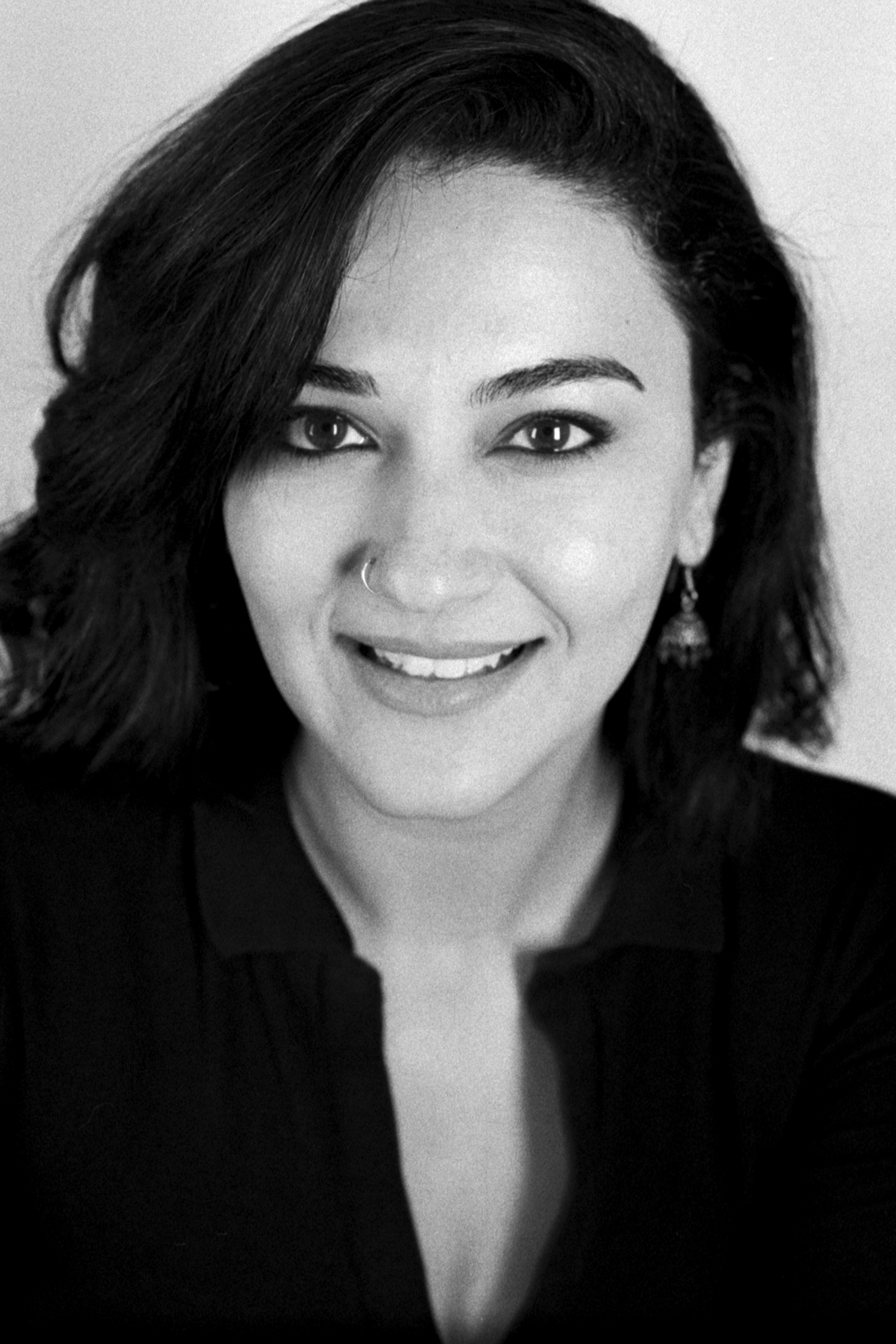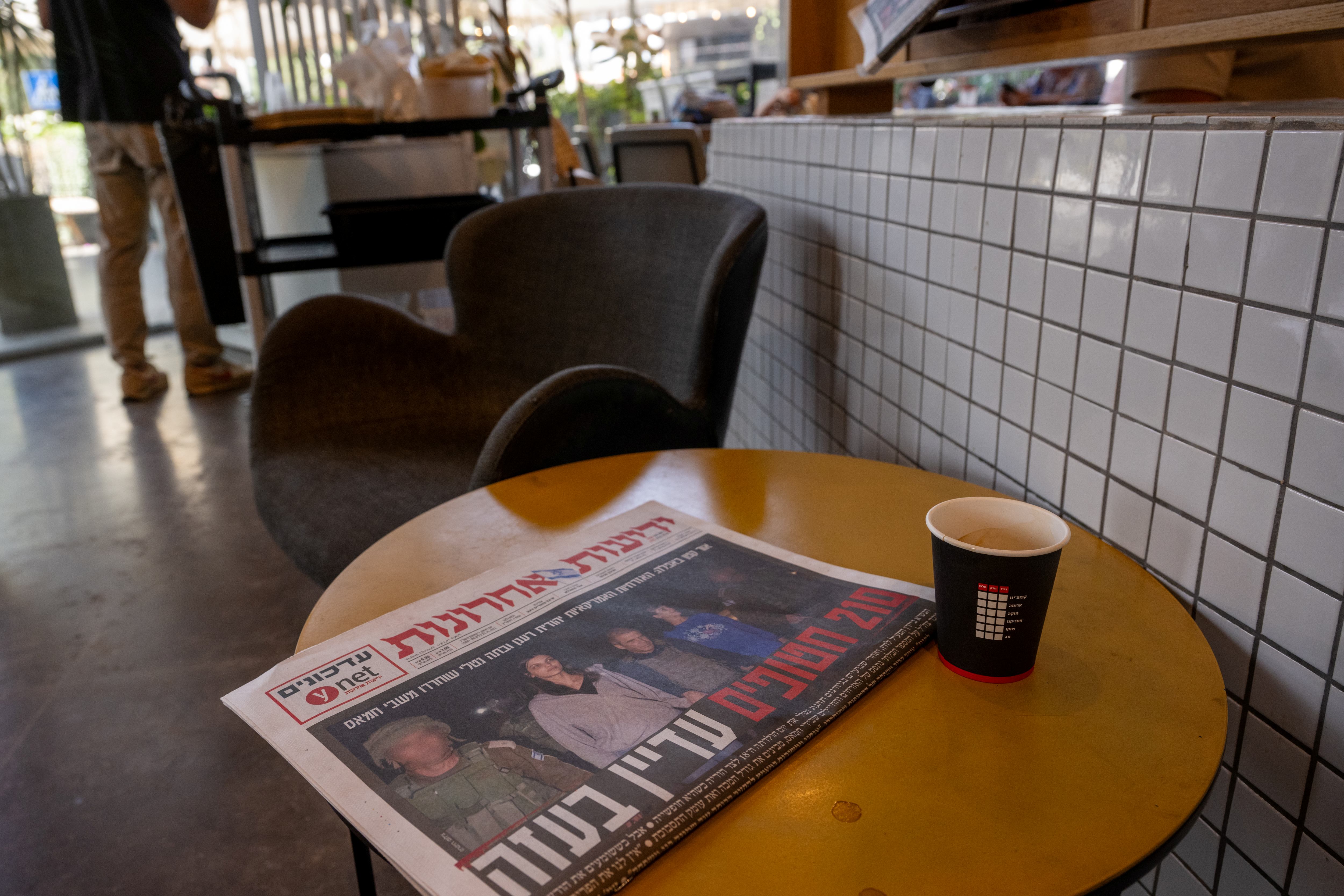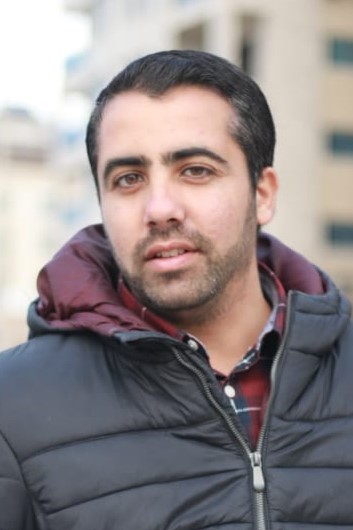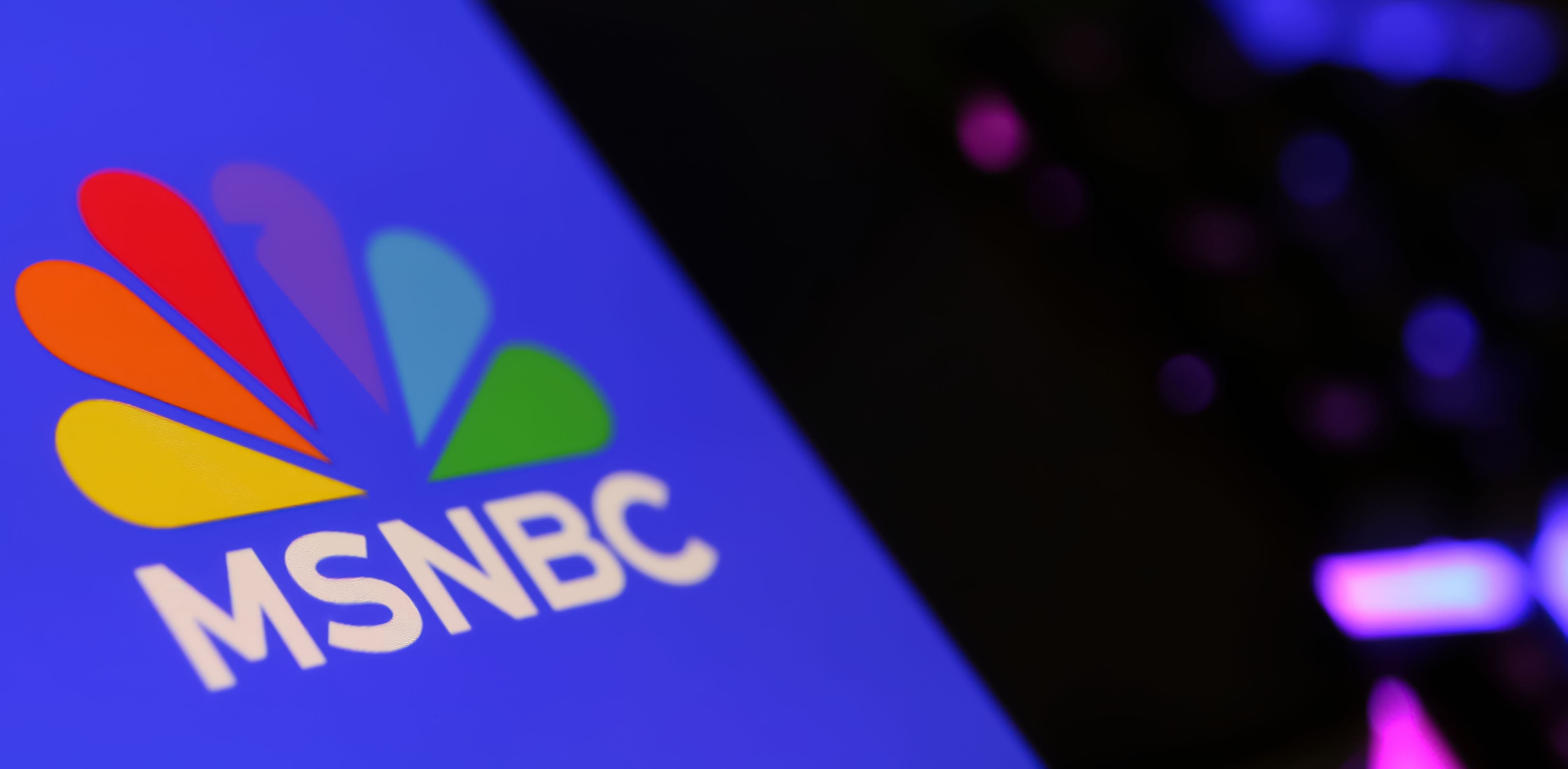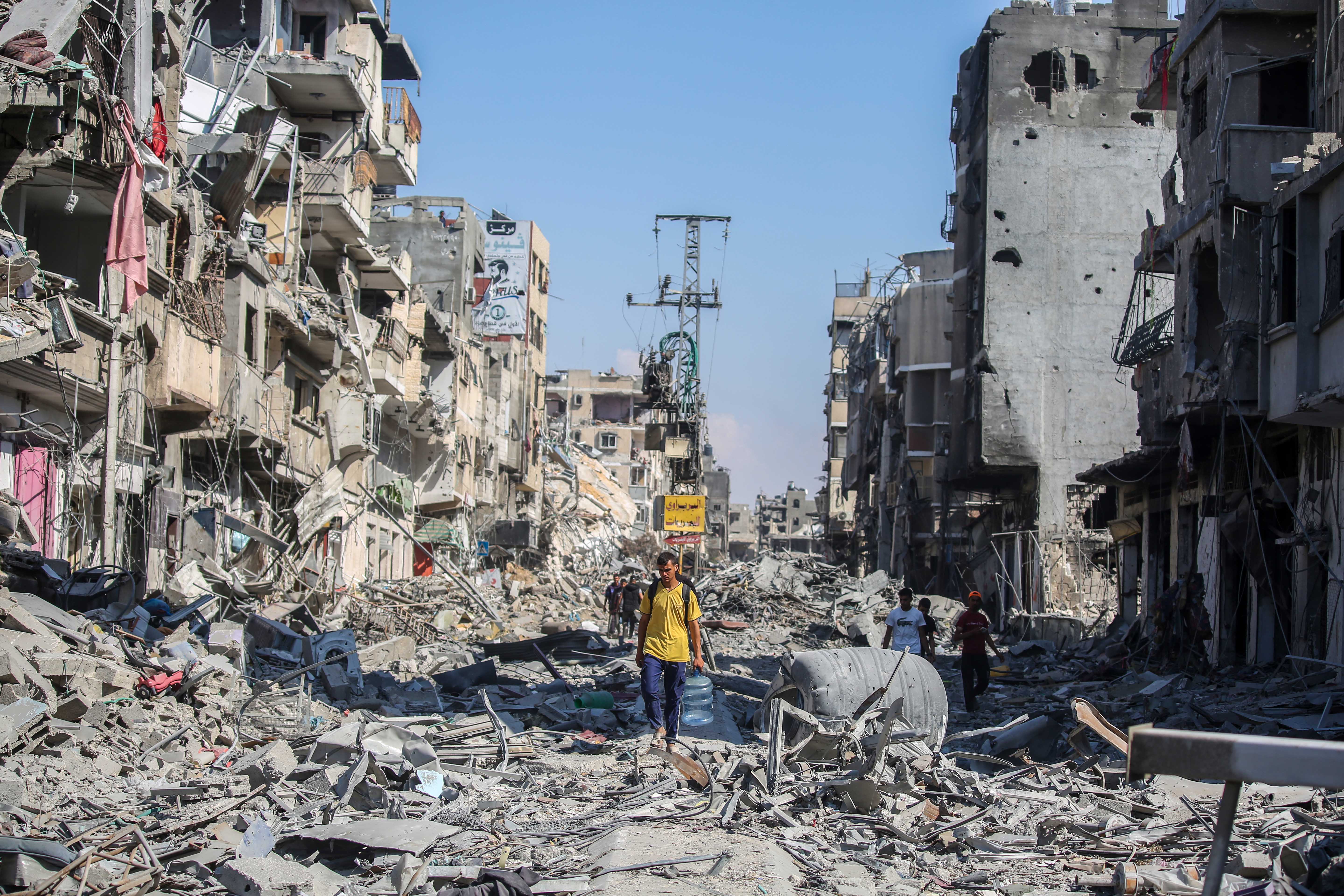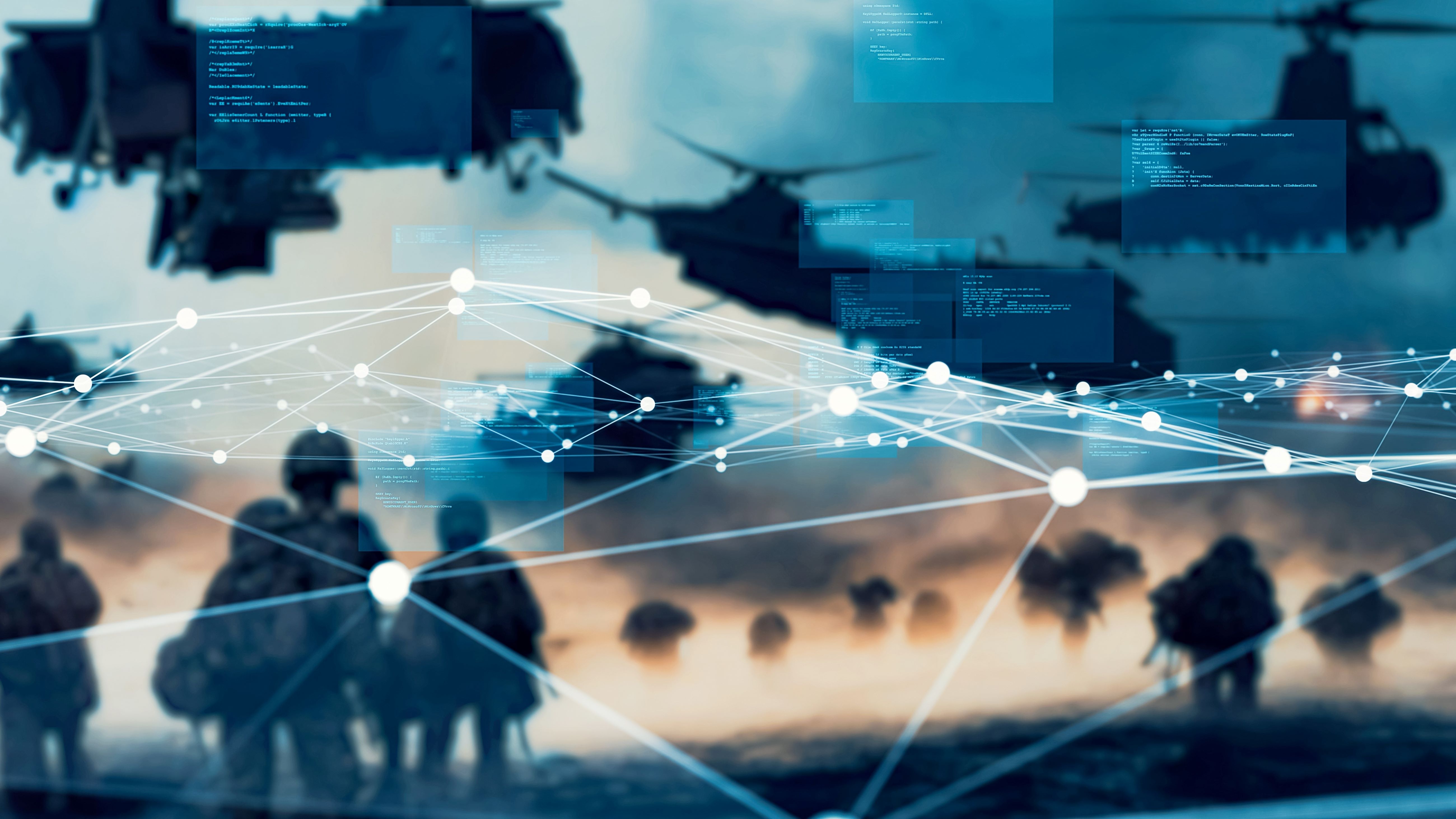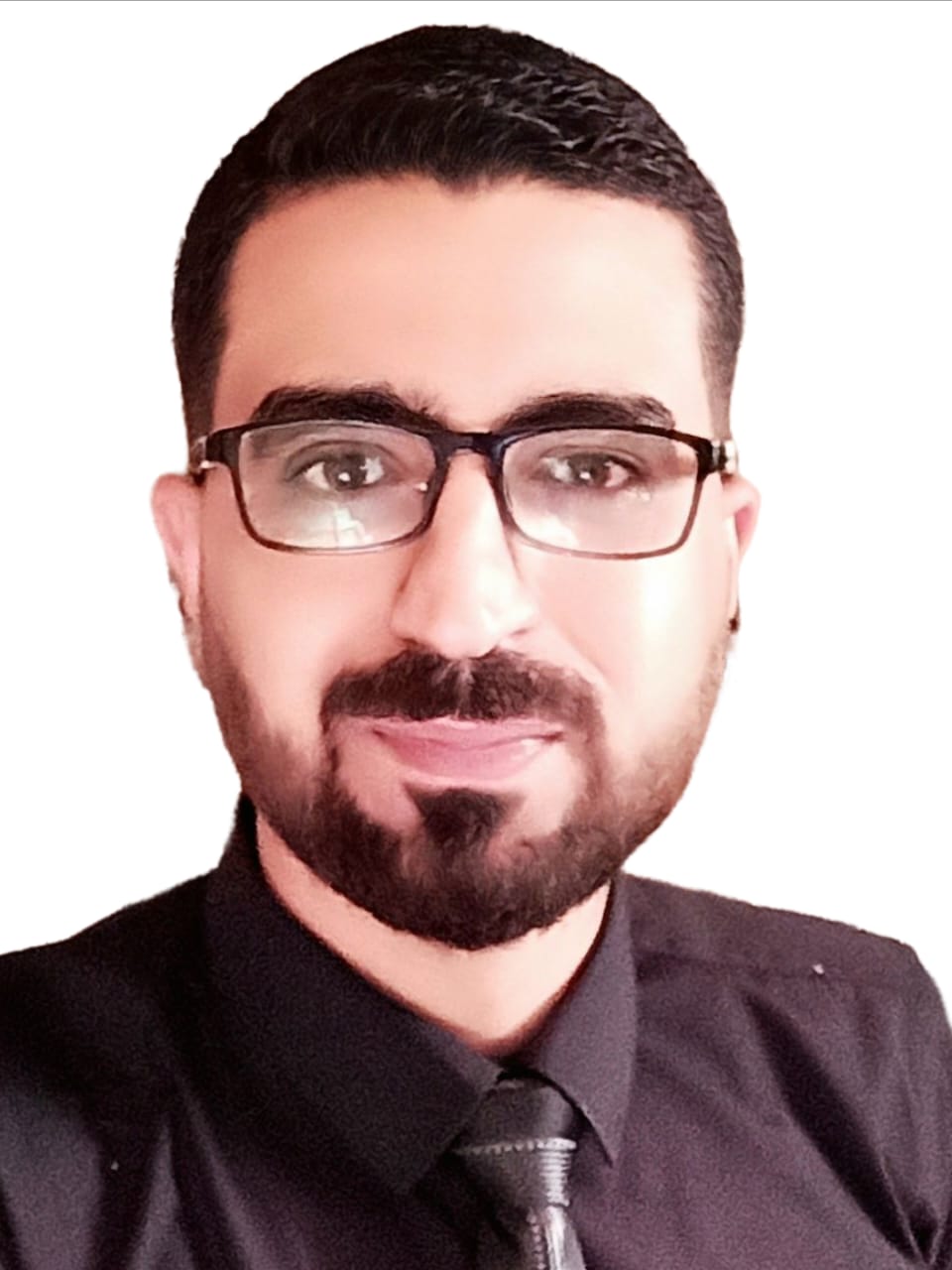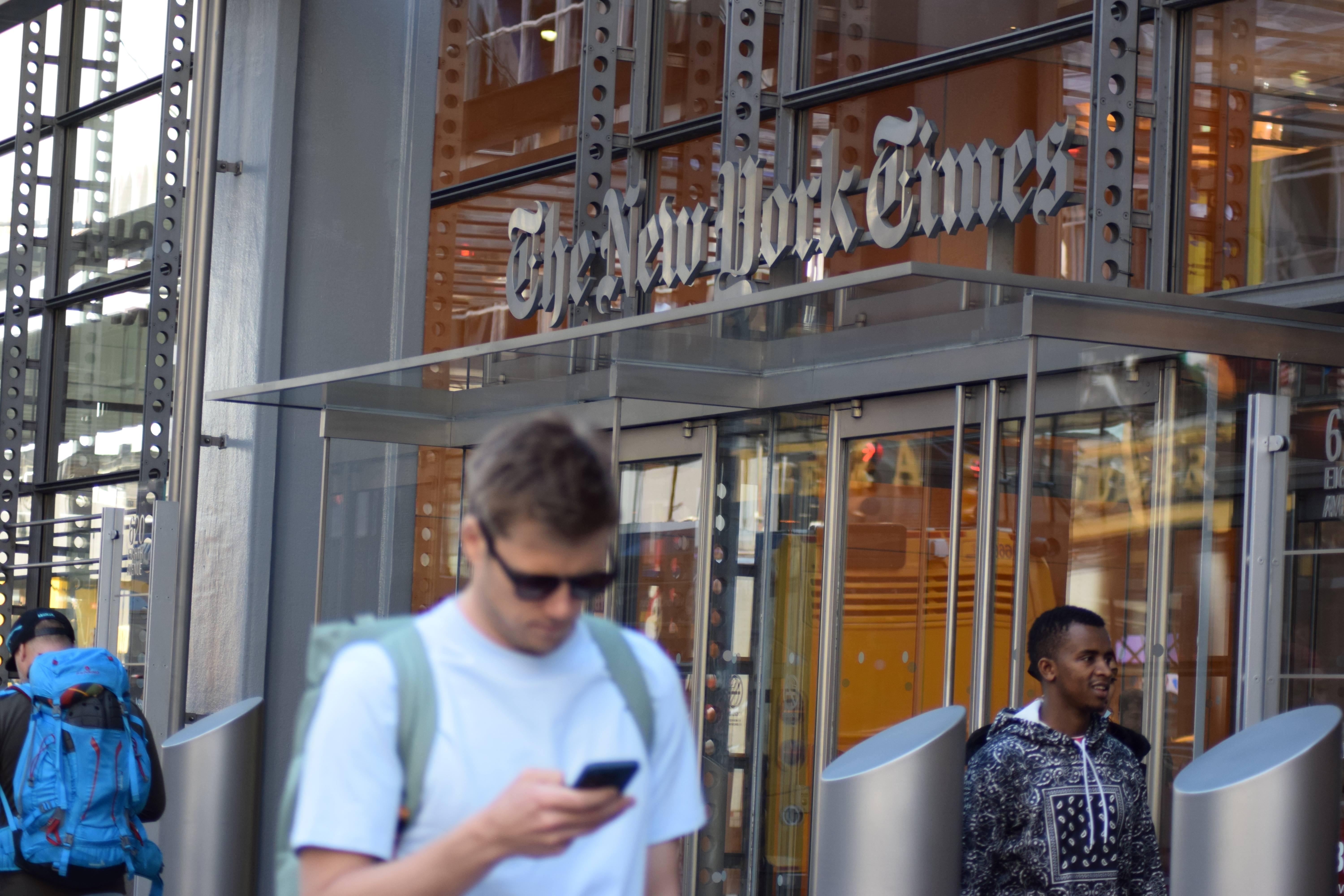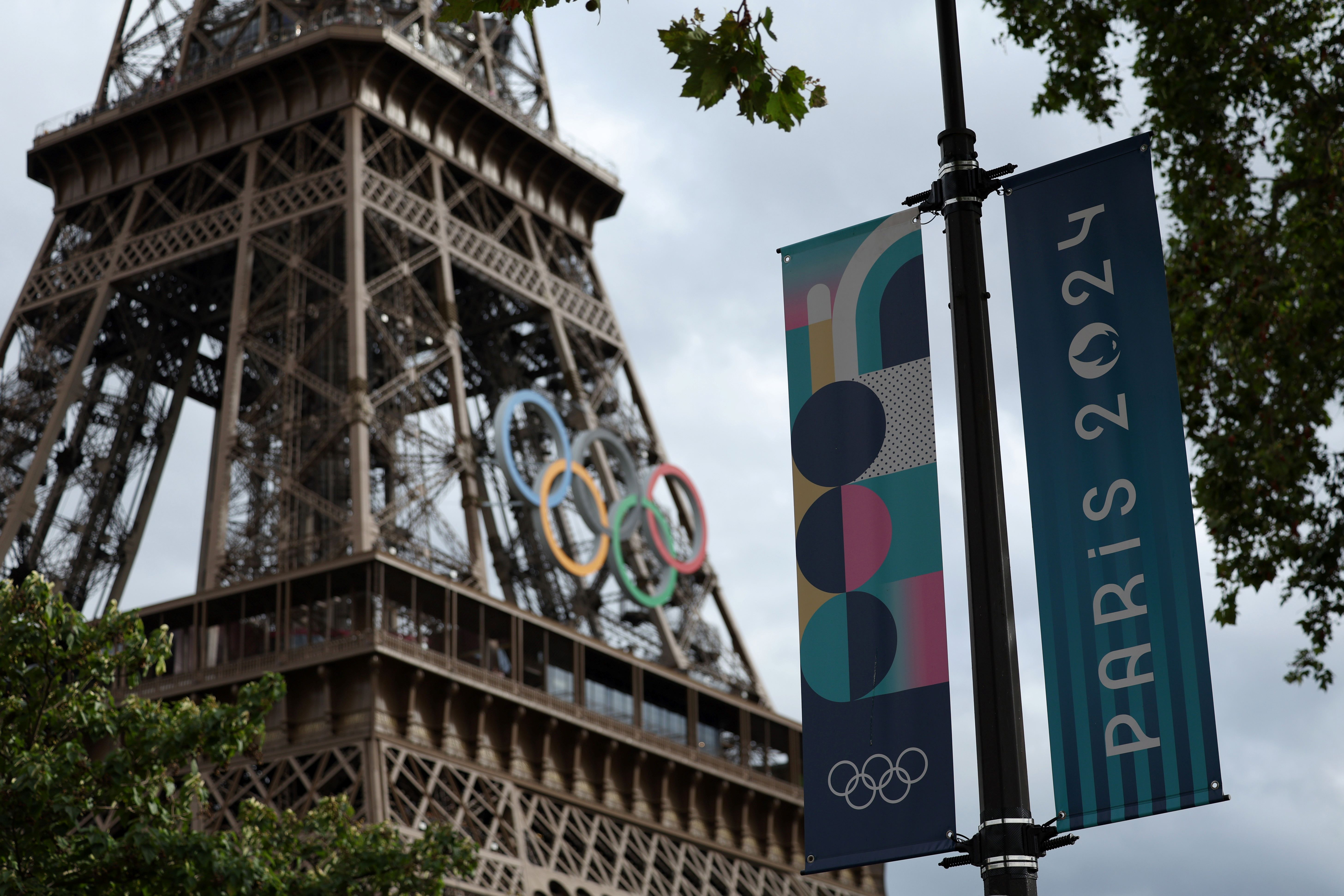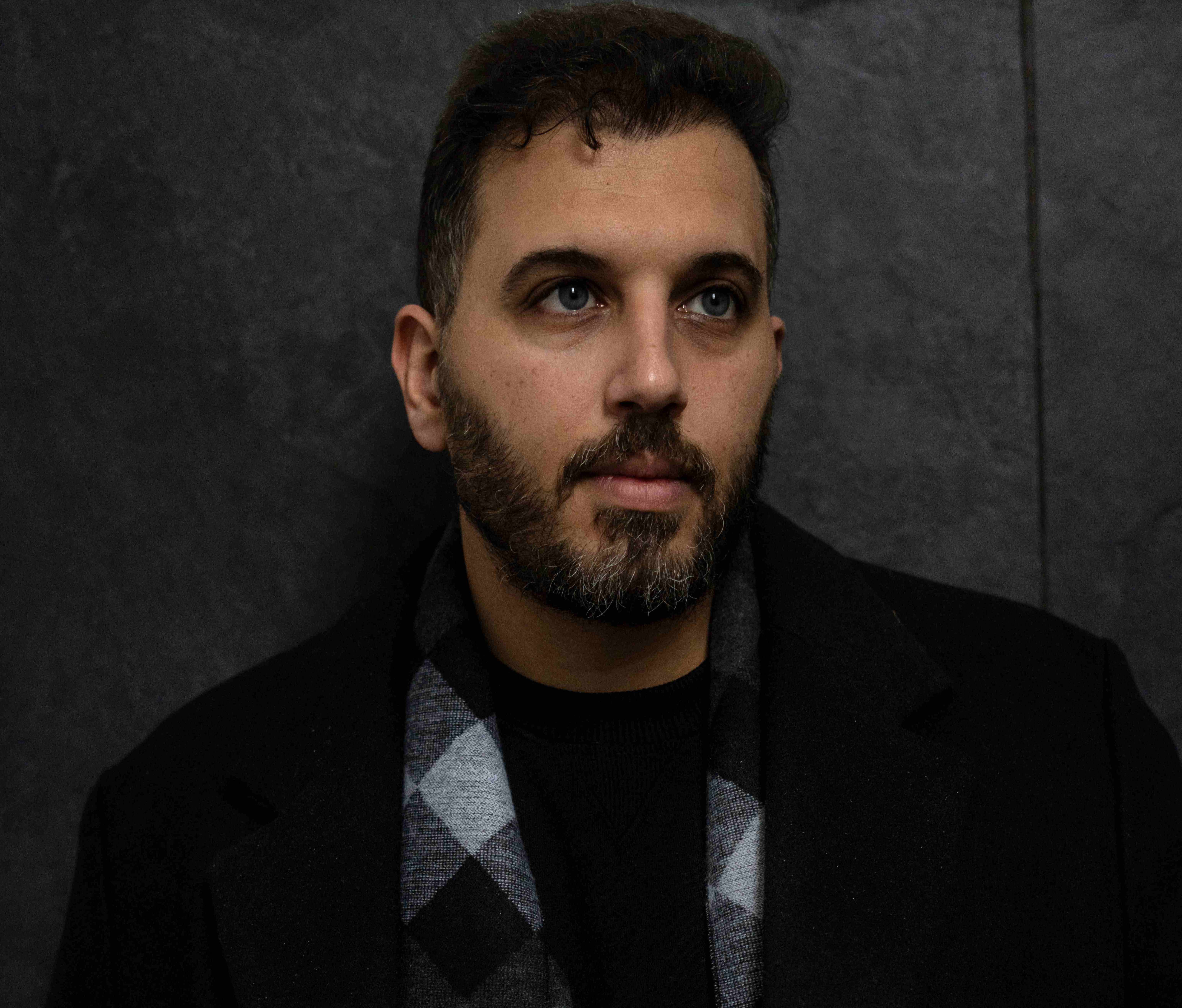In the Palestinian territories, a Mexican journalist or visitor can evoke mixed reactions, given the rarity of Mexicans in the region. Some locals, aware of Mexico's proximity to the United States, might view such visitors with suspicion, especially during times of conflict when Washington's support for their adversaries is evident through military aid.
However, others recognise the shared history and suffering of colonization, and perhaps a few might even know that Mexico has consistently voted in support of Palestine in the UN and keeps its diplomatic representation in Ramallah, while the Palestinian Authority maintains its presence in Mexico City. While many might not know Mexico’s capital city, they oftentimes express their familiarity with the name of another city, "Guadalajara," perhaps because the word is rooted in Arabic.
Mexican journalists in the Palestinian territories can evoke mixed reactions, with some locals being suspicious and others recognizing shared history and suffering.
This recognition sometimes leads to their realisation of my genuine, empathetic approach as a journalist, fostering a sense of comfort and openness among the locals, who are then more willing to share their insights and grant me access to their stories.
Finding your connection with the locals is key
Finding what connects you with the locals is key for journalists wishing to cover conflicts or regions like Gaza. Demonstrating respect and understanding in your reporting, rather than judgment or fabrication, significantly alters their perception of you, often marred by the belief that most journalists are untrustworthy.

I had an experience during the 2014 war on Gaza where my identity as a Mexican journalist was questioned by a Hamas official, who questioned the authenticity of my passport. However, as soon as a local acquaintance called out “Maradona!” from a distance, in reference to the famous Latin American footballer, the atmosphere changed. The official immediately recalled Maradona’s famous ‘Hand of God’ against England and excitedly asked if I could train his amateur football team. Despite the confusion in nationalities and my lack of skill at this sport, we amiably agreed to meet after the war, embracing the saying "Bukra, inshallah"—tomorrow, God willing.
It is rare for Mexican or Latin American journalists to come and report from the other side of the ocean, especially from conflict zones like Gaza. We often rely on a Western worldview to understand this part of the world, absorbing their linguistics, interests and even humor in their perspectives and narratives. The prevailing influence of Western media often imparts a sense of colonial patronization, suggesting an underlying assumption that they better understand what we need to hear and see.
However, the last couple of decades have seen a gradual shift, with journalists from more varied countries bringing their unique perspectives to international reporting. I experienced this in The Hague in 2013, when I joined the most interesting and diverse group of reporters during a Nuclear Summit: Chinese, Indonesian, Egyptian, Pakistani, and Brazilians, where we got together to share perspectives you rarely see among European and North American reporters.
Collaboration and teamwork are important in journalism
Despite the positive change, the media industry's financial crisis has hindered this progress. Almost every Spanish-language media outlet has had to drastically cut costs, and many have disappeared. It’s become very difficult to convince them to invest in original international reports when they can rely on gathering news from mainstream press agencies whose services they are already paying for anyway.
To cover the war on Gaza, I had to gather funds from multiple sources, including small independent media outlets, a peace organization, and individual donors (over a hundred individuals who contributed from 3 to 500 US dollars). Initially, when I embarked on this mission, I didn’t anticipate such an overwhelming positive response, expecting to run out of funds quickly I only booked a two-week trip to Tel Aviv. However, the support I received helped me to extend my stay to a full month, which in turn granted me the opportunity to conduct more thorough, in-depth reporting and the flexibility to pursue my own journalistic agenda.

For freelancers or those working with limited resources, a valuable tip is to collaborate with a colleague. In my experience, teaming up with a Colombian journalist, whom I had briefly encountered in Kilis, Turkey, proved to be a strategic decision. He reached out upon learning of my plans to cover the region, and together, we were able to pool our resources effectively. This partnership not only helped in sharing costs but also ensured mutual protection and facilitated the generation of creative ideas.
Our collaboration involved conducting risk assessments, networking for contacts, finding translators, liaising with officials, negotiating with soldiers, and leveraging our combined connections to other journalists. This comprehensive approach, born from our joint efforts, significantly enhanced our capability to navigate the complex and often unpredictable environment of conflict reporting.
Gaining entry was our first challenge. In today's digital age, if you've expressed critical views of Israel in the media or on social media, it's likely that Israeli surveillance systems are aware of your stance. Facing questioning is inevitable, whether it's while flying on Israeli airlines, the only option since October 7th, passing through immigration, or exiting the West Bank. In these situations, honesty is the best policy, as fabrications are easily unraveled. Israeli authorities may even request access to your private social media accounts. While it's your choice to comply, they kindly help you to remember that ultimately, they hold the power to grant or deny entry. In our case, we were fortunate to pass through without hindrance.
Obtaining a press card from the government was crucial

We needed officially recognised documentation from the Government Press Office (GPO), which organizes press conferences and tours. It is relatively easy to join press tours to Kibbutzim that were attacked by Hamas, but not so easy to enter Gaza with the troops, which is only by invitation. Obtaining a press card from the Government Press Office (GPO) is a crucial step for journalists covering the Palestinian territories. The GPO offers two types of press cards: one for resident foreign correspondents and another for those on shorter assignments. I secured the latter, a process that, while time-consuming, significantly eases operational challenges.
Even though some soldiers in the West Bank were unfamiliar with this press card, the fact that I had formally applied for it, provided all required details, including my X handle, and collected it personally from their office added weight to its validity. This thorough process, which I made sure to explain to the soldiers, underscored that the card was more than just an identification tool; it was a testament to my professional commitment, persuading them to respect my journalistic endeavors.
Risks often arise unexpectedly, and this was true on both the Palestinian and Israeli sides, where reactions ranged from supportive to highly suspicious.
Looking for sources and information
As I arrived in the West Bank a week ahead of my colleague, I embarked on finding sources. The old Facebook journalist groups I relied on in my previous coverages (between 2009 and 2014) were no longer active; however, they were replaced by WhatsApp groups and Telegram channels that were opened to provide information on this crisis. These included “Israel/Palestine logistics,” “News and Facts (PLS flag) journalists” (for a Palestinian perspective), and "EIPA Press Kit: Hamas invasion of Israel,” which is a militant Zionist advocacy group. And the “Gaza War Resource Group" (which is pro-Israeli but also has non-aligned, reliable information). Through them, access can be found to specific groups like those of the Palestinian Red Crescent, the Hostage and Missing Families Forum, and even the IDF.
Journalists are at risk too
Once in the West Bank, the value of working alongside my colleague became evident. We encountered threats, notably in Jenin, where we were surrounded by the army in a refugee camp, along with the local population. After being forced to hide for several hours, we strategized our escape. In such tense situations, having a trusted partner is crucial for maintaining composure and clear thinking. Should anything happen—arrest, injury, or worse—it's your colleague who will be searching for you. They also become the primary contact for your family back home, should they become anxious due to a lack of communication.

Risks often arise unexpectedly, and this was true on both the Palestinian and Israeli sides, where reactions ranged from supportive to highly suspicious. For example, while recording a selfie video against a mural of missing Israelis in Gaza, an Israeli passer-by mistakenly thought I was photographing the Israeli military headquarters across the street and confronted me aggressively. Dissatisfied with my explanation, he returned shortly with three Israeli soldiers, to whom I had to show my recordings and passport. Similarly, in the Palestinian territory, particularly in Nablus' Balata refugee camp and other tense West Bank areas, we were frequently approached by armed men who suspected us of being spies gathering intelligence for the Israeli army.
Sharing our perspective on the issues we cover is essential. While empathizing with those who lost relatives on October 7th, my Colombian co-journalist and I were acutely aware that the majority of the victims are those suffering under occupation—enduring severe hardships in Gaza and facing persecution, attacks, and killings in the West Bank. Unfortunately, these stories are often overlooked or marginalized.
Our collaboration was rooted in our aligned professional and ethical viewpoints. Without this shared understanding, our partnership might not have been as effective or even initiated. Fortunately, our work relationship evolved into a strong friendship, an unexpected but welcome development. It was also a stroke of luck that our unique pairing as a Mexican and a Colombian journalist didn't attract undue attention or curiosity.
